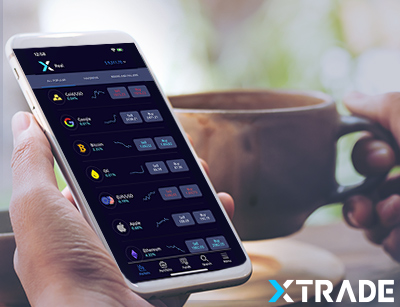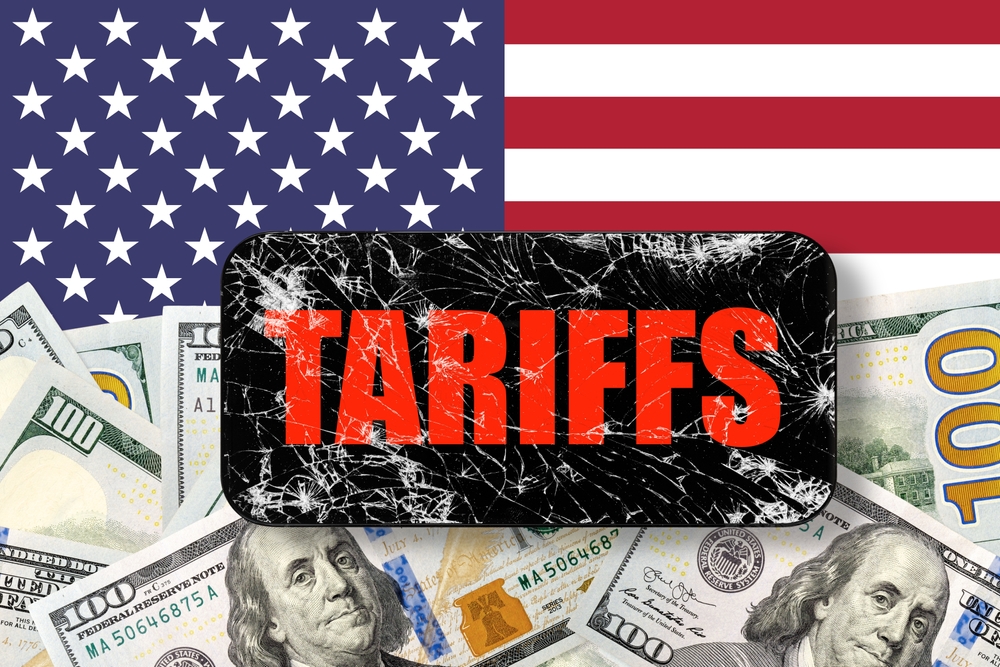Should You Still Invest in Gold?
By X-blogger - on March 5, 2023Gold has always enjoyed a reputation as the most precious and stable commodity, a so-called safe haven where investors rush in during unstable economic times. There are sound reasons for gold’s high esteem, though some people dismiss the metal’s popularity as overblown and a trifle barbaric. They say gold’s worth is negligible compared to paper or digital currency, appealing only to goldsmiths and jewelry lovers. As an asset driven by demand and in reverse relationship with the US dollar, gold does not always offer security during geopolitical or economic turmoil.
In the opposite camp are those who insist on gold’s intrinsic value, which makes it a must for investors to hold in their portfolios. The reasons for appreciating gold abound. It symbolizes power and wealth and plays a crucial economic role as a means of exchange when a currency collapses. Gold is durable and indispensable in electronics, medical tools, dentistry, and the defense, aerospace, and automotive industries. As a store of value, gold affords handsome investment opportunities.
The paragraphs below explore the positive qualities of gold as an investment asset, explaining why it does not always serve as a safe port in economic and political storms, despite its value as a financial investment and allure as a precious metal.
Why Is Gold Valuable?
Gold is essential to the global economy, carrying importance in all societies, even though it has long stopped backing currencies. One of the reasons for its significance stems from its ability to preserve wealth through time. The same cannot be said about paper-denominated currencies. Consider this example to understand how much gold is more valuable than money. Suppose fifty years ago, you owned one ounce of gold. If you converted this amount of gold into paper money at that time, you would pocket slightly more than $35. Back then, you could buy a suit for this amount of money.
Now, $35 in the 70s is equivalent in purchasing power to about $269.87 today, which constitutes an increase of $234.87 over these years. When $35 is equivalent to $269.87 over time, this means that the actual value of a dollar decreases over time. That is, a dollar will pay for fewer items at the store. You will not buy a suit for $35 today, will you? But you will still purchase a suit today if you have an ounce of gold, which is trading at $1,845.90 at the moment of writing. If you decided to keep an ounce of the yellow metal fifty years ago, you would still have held a solid amount of wealth today. If you converted it to dollars, you would have lost your wealth because inflation has diminished the greenback’s value. The value of gold, by contrast, has increased.
Gold as a Hedge against the Dollar
Gold’s increasing value over time is why investors prefer putting money in it when the price of the dollar slides and inflation climbs. Gold usually moves in the opposite direction from the USD, typically soaring when inflation rises. When these unwelcome economic events occur, investors turn to gold, a hard asset that keeps its value.
Why Does Not Gold Always Act as Safe Haven?
Although gold is indeed a hedging tool against inflation, its price does not always react to inflation. Take the present situation in the world, for instance. When the Russian-Ukrainian war started a year ago, the precious metal surged. Yet as soon as the Federal Reserve tried to control inflation, its price declined. Gold presently remains under pressure on the back of the dollar index, which is now trading higher amid rising inflation in the US. This February was a cruel month for the gold sector. The yellow metal lost around $100 in value after rallying slightly in January. Spot gold started the month at $1,928.26, and, as of writing, it is trading at $1,841.22. The last time gold shed that much was in June 2021, when it sank from $1,907.42 to $1,769.80, giving up more than $130 on the month.
Analysts explain that gold is falling because the Federal Reserve pushes interest rates gradually in an attempt to save the US economy from recession. After the US inflation reached 8.6%, the Feds increased the interest rate by 0.75%. The greenback strengthened as a result. The 10-year US benchmark interest rate reached 3%. If, in spring, the Federal Reserve tightens interest rates more aggressively, investors might rush to purchase gold to counter a decline in equities and thereby move its prices higher.
Why Invest in Gold?
Although gold does not always provide security, it carries undeniable value derived from its intrinsic metal content rather than a promise to pay. It is also valuable because it can be exchanged or traded anywhere in the world for other assets, paper-dominated currencies, or tangible goods. As gold is a liquid market, you can easily trade it or sell it to other investors or dealers. You can also hold physical gold directly in the form of bullion, coins, or jewelry. Or you may choose to have it indirectly via mutual funds, EFTs, gold derivatives, or gold-mining stocks. Those looking to protect their finances in these economically unstable times might consider including gold in their portfolio. The precious metal might be on a losing streak now, but it has a reliable store of value and might soon redeem its losses. However real is the threat of recession, it is safe to view gold as an asset for investment.
 First Deposit Bonus
First Deposit BonusFirst Deposit Bonus | Phone Verification | First Trade on us | Account Verification














